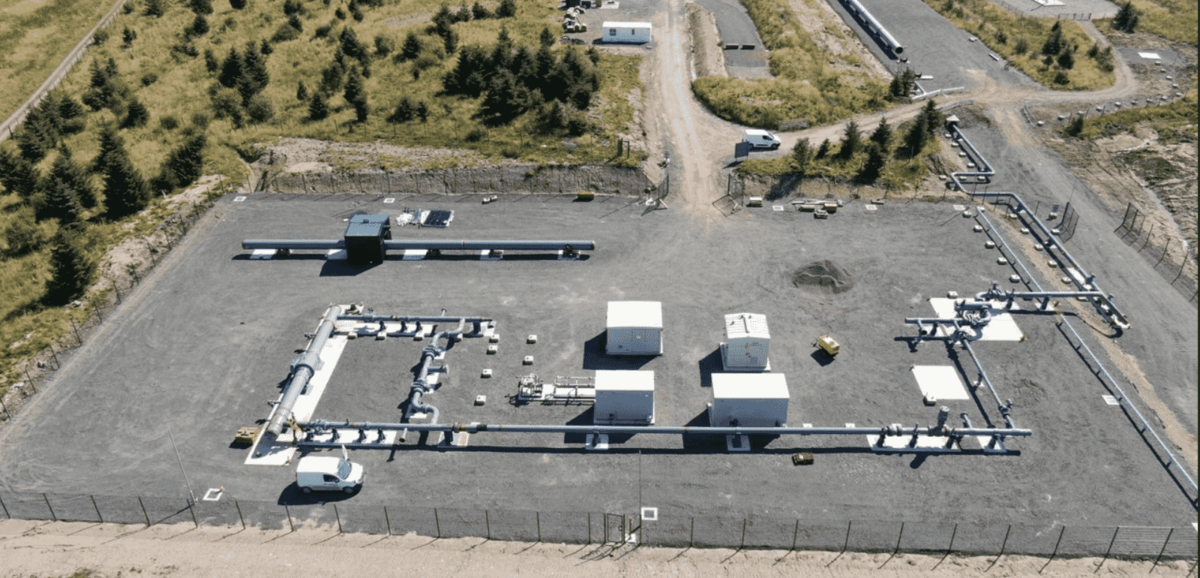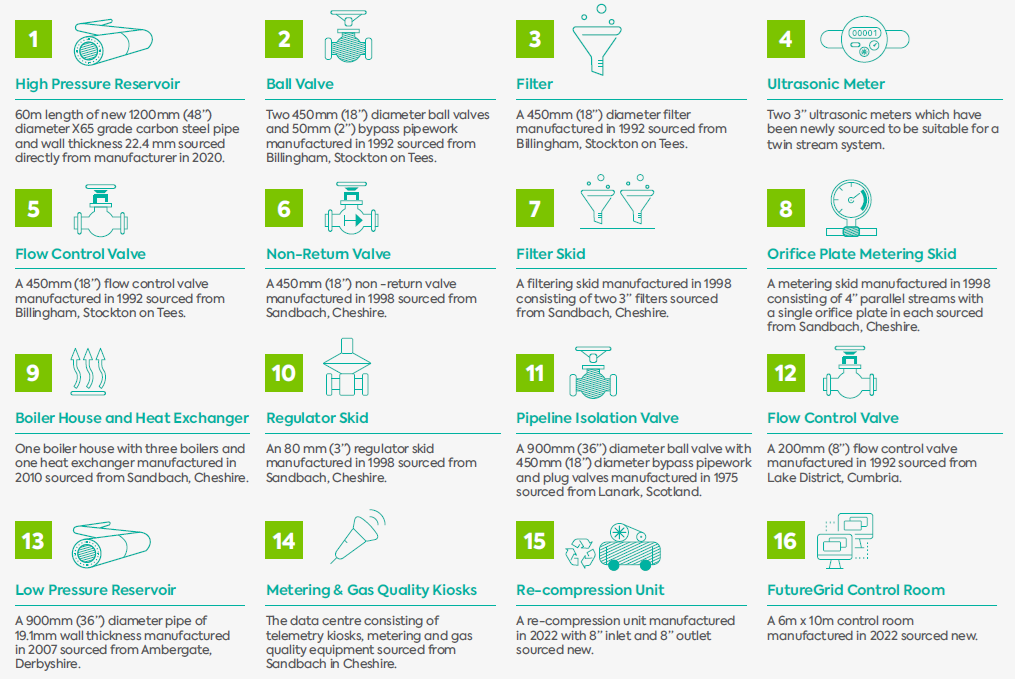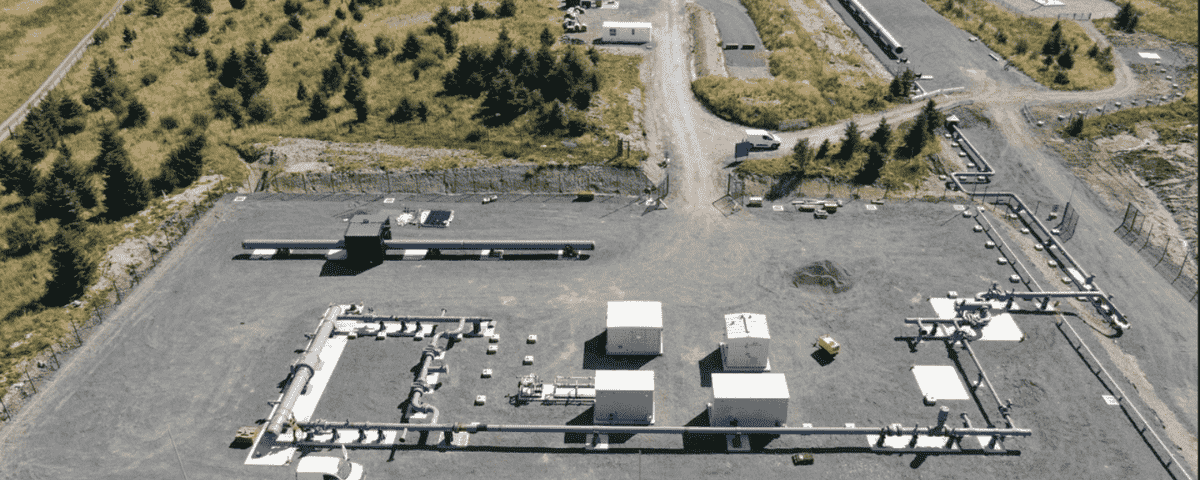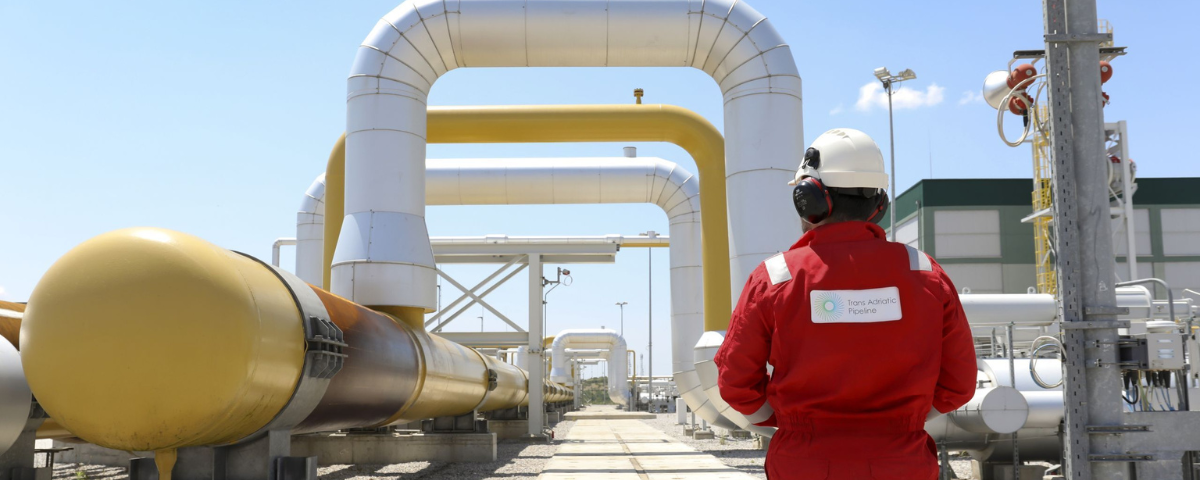The FutureGrid project has released a report on the findings of the Phase 1 trials. This work at DNV Spadeadam demonstrates that the existing UK natural gas transmission infrastructure assets can transport hydrogen safely and reliably. The results are extremely positive and provide an indication that there are no major blockers to repurposing the UK gas transmission network to transport hydrogen.
FutureGrid is a hydrogen test facility based at the DNV Spadeadam test site in Cumbria. During Phase 1, FutureGrid has used decommissioned assets, which previously served natural gas transmission infrastructure in the UK, to run ‘real-life’ trials that test the safe transport of hydrogen using repurposed pipeline assets.

A range of tests on decommissioned assets were conducted offline, in a controlled environment, to ensure robust outcomes that will ultimately start to build the safety case for a hydrogen network. The key deliverables and testing achievements included:
- Operational testing with natural gas and 2%, 5%, 20% and 100% hydrogen to verify the network’s ability to transport hydrogen and varying blends.
- Standalone offline testing complementing evidence gathered on the main test facility. These address specific areas of concern, including material permeation, flange integrity, asset leakage, and rupture consequence, which are essential for risk mitigation and safety assurance.

The test facility was fabricated to investigate the effects of hydrogen and fatigue on a selection of welds currently in use in the gas network. As of 15 March 2024, it had completed 30,000 cycles, which is twice the lifecycle of a 36” pipeline using a cycle stress of 125 N/mm2.
So far, during testing, the results confirm that the fatigue testing setup effectively replicates the stress conditions that pipelines would face in hydrogen service. Initial results of up to 30,000 cycles demonstrate that the pipeline materials, welds, and fittings can endure the specified fatigue conditions without notable degradation. Further testing up to 75,000 cycles will provide more comprehensive data on the long-term effects of hydrogen on pipeline integrity. Overall, the test arrangement and results support the readiness of the GB’s gas transmission system to transport hydrogen safely.
The National Transmission System (NTS) is a cornerstone of Great Britain’s (GB) energy infrastructure, transporting over 800 TWh of energy annually across 5,000 miles of pipelines in the UK. This system provides GB with a significant opportunity to decarbonise various industries by transporting low‑carbon gases such as hydrogen, biomethane and various synthetic fuels. Transitioning this system would also pave the way for industrial emitters to decarbonise through fuel switching to hydrogen and transporting hydrogen to potential underground strategic storage sites around the United Kingdom to provide long-duration energy storage for responsive power.
Link to FutureGrid Phase 1 report: https://www.nationalgas.com/future-energy/futuregrid
FutureGrid website: https://www.nationalgas.com/insight-and-innovation/transmission-innovation/futuregrid




